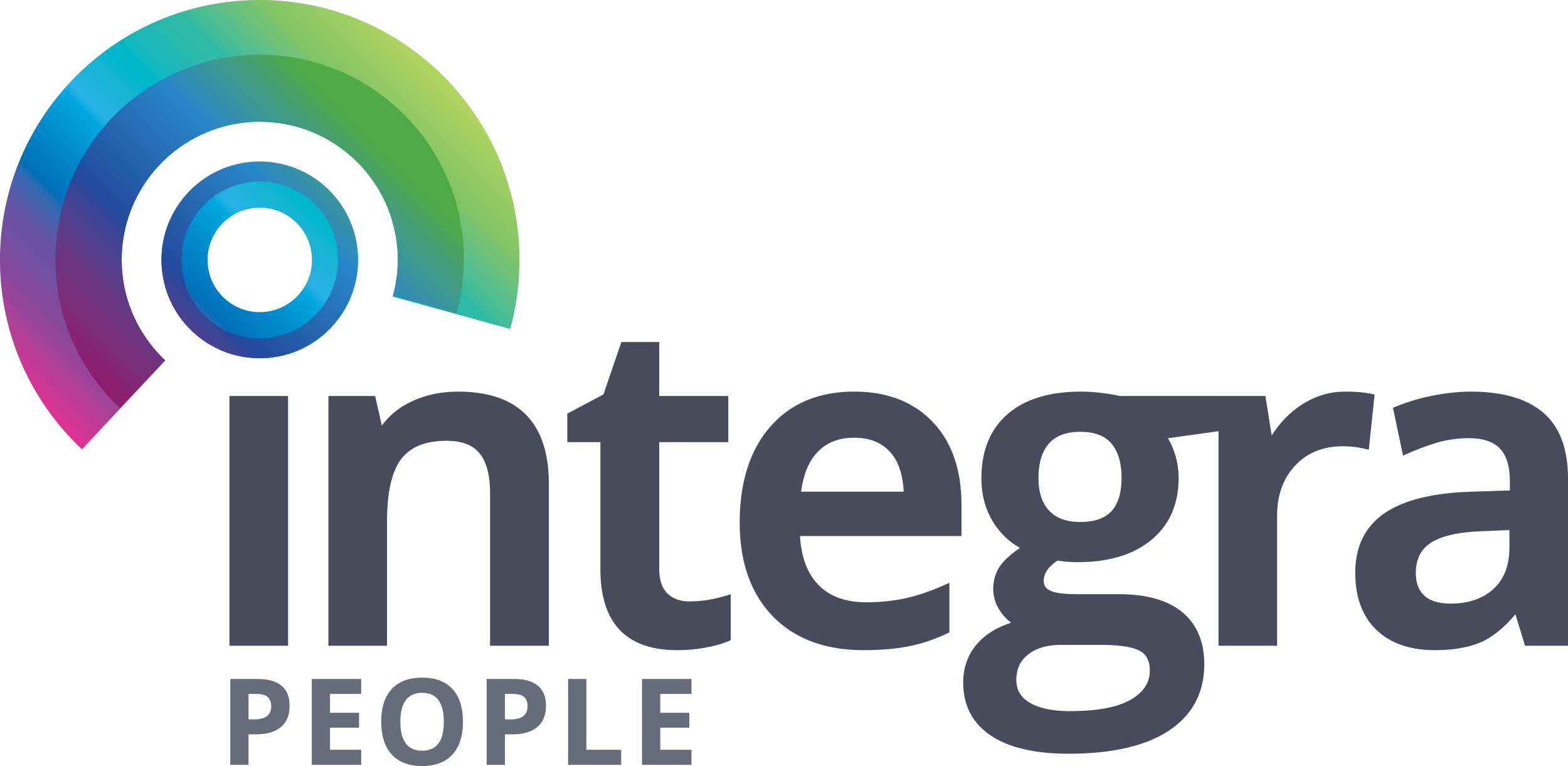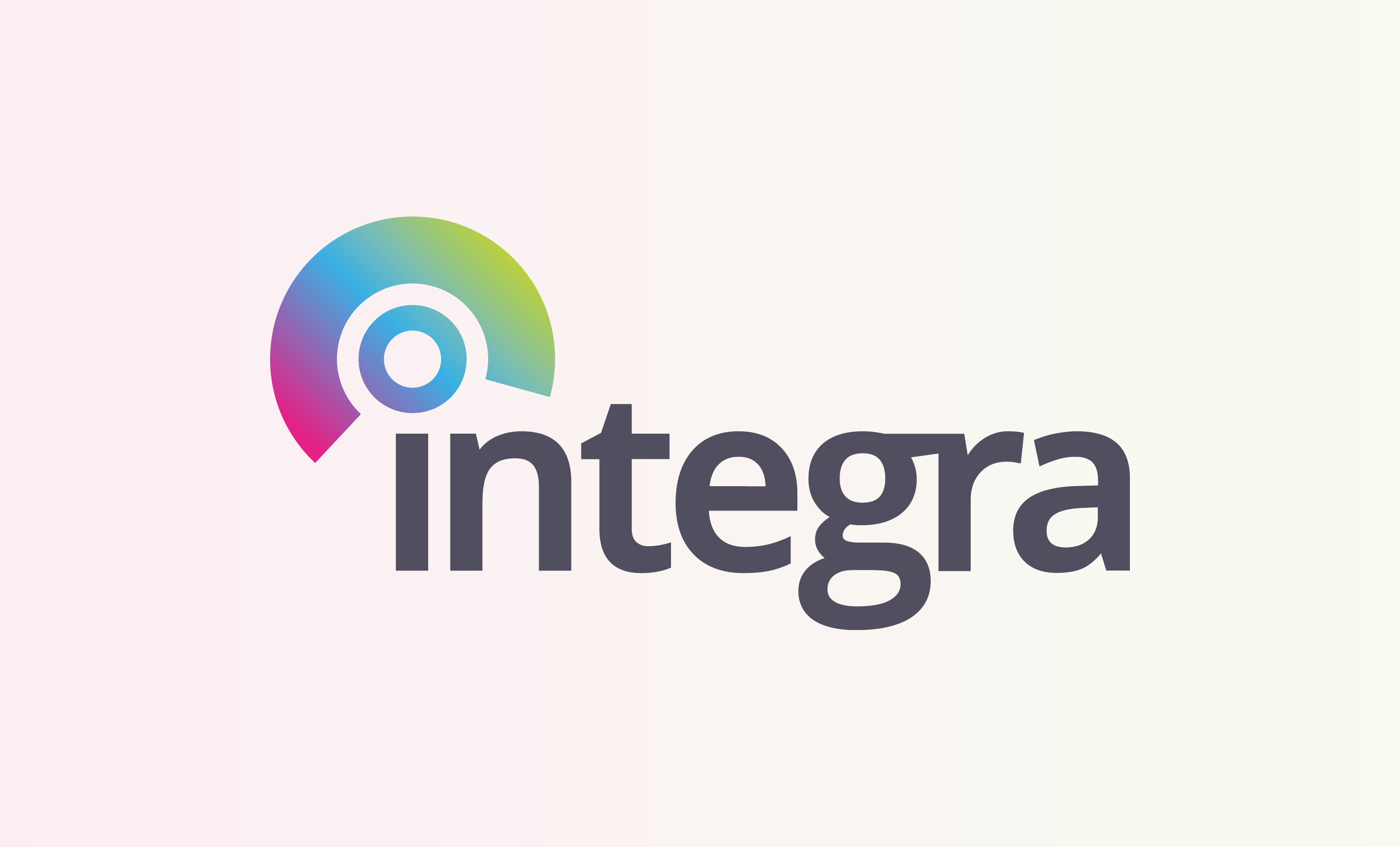It was previously reported by the Recruitment & Employment Confederation (REC) that the job market has shown promising data with jobs advertised online, especially with the hospitality and leisure sectors reached the same levels at the beginning of June 2021 as they were in March 2020, before the pandemic was declared.
The Jobs Recovery Tracker by the REC has shown that this growth has continued and in the week of 21-27 June, there were a total of 1.55 million active job adverts in the UK. The data shows that the higher rate of growth in job postings driven by the reopening of industries that were shut in lockdowns such as the hospitality and leisure sector, as now levelled off to a steady rate, higher than pre-pandemic levels.
Managing director of Integra People, David Lewis said:
“The hospitality market has definitely seen an increase in demand for labour, with temporary workforce being needed to cover staff sick leave or self-isolation time. We’d recommend that anyone struggling looking for work at the moment registers with a business like Integra People as there are plenty of roles available. In these difficult times, it’s important to support the jobseekers and the economy by getting people back to work.”
The REC reports:
In the week of 21-27 June, market research interviewers (+15.7%) was the occupation with the highest weekly increase in active job postings. There was also a growth in adverts for teaching and other education professional (+13.6%), school midday and crossing patrol occupations (+8.2%) and school secretaries (+6.3) due to the likely seasonal demand within the education sector.
At at local level, Thurrock (+4.9 %) was the top hiring hotspot in the week of 21-27 June, while other local areas in the UK have recorded a more marginal increase. With seven out of the top ten areas for growth in active job postings London has finally started to pick up on other local areas in the UK.
On the oposite side of the spectrum, East Dunbartonshire (-10%) saw the steepest fall in active job postings, followed closely by Isle of Anglesey (-8.3%). The next four areas on the list all came from Northern Ireland. Armagh City, Banbridge and Craigavon (-7.2%), Ards and North Down (-7.0%), Mid Ulster (-6.6%) and Fermanagh and Omagh (-6.2%).



